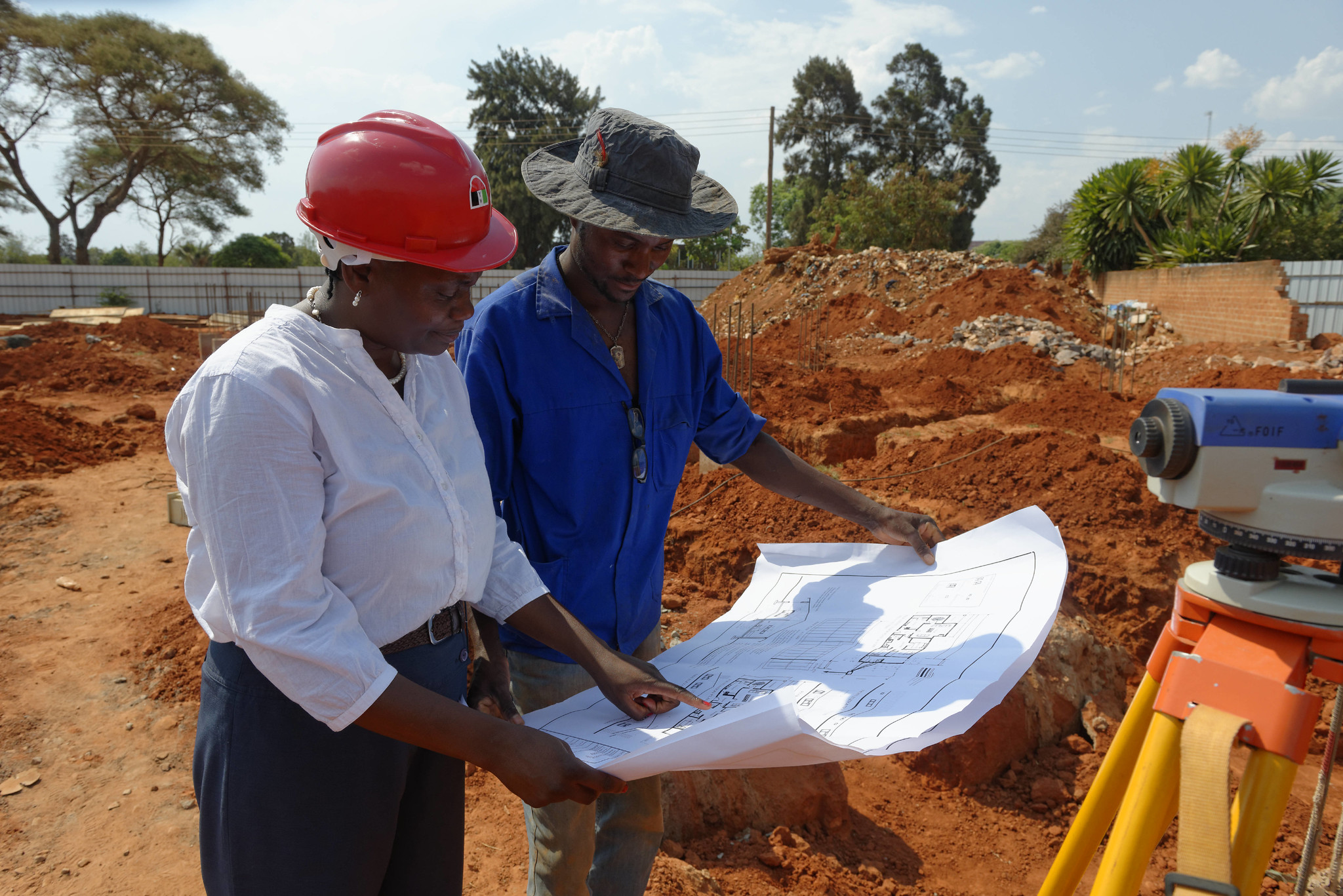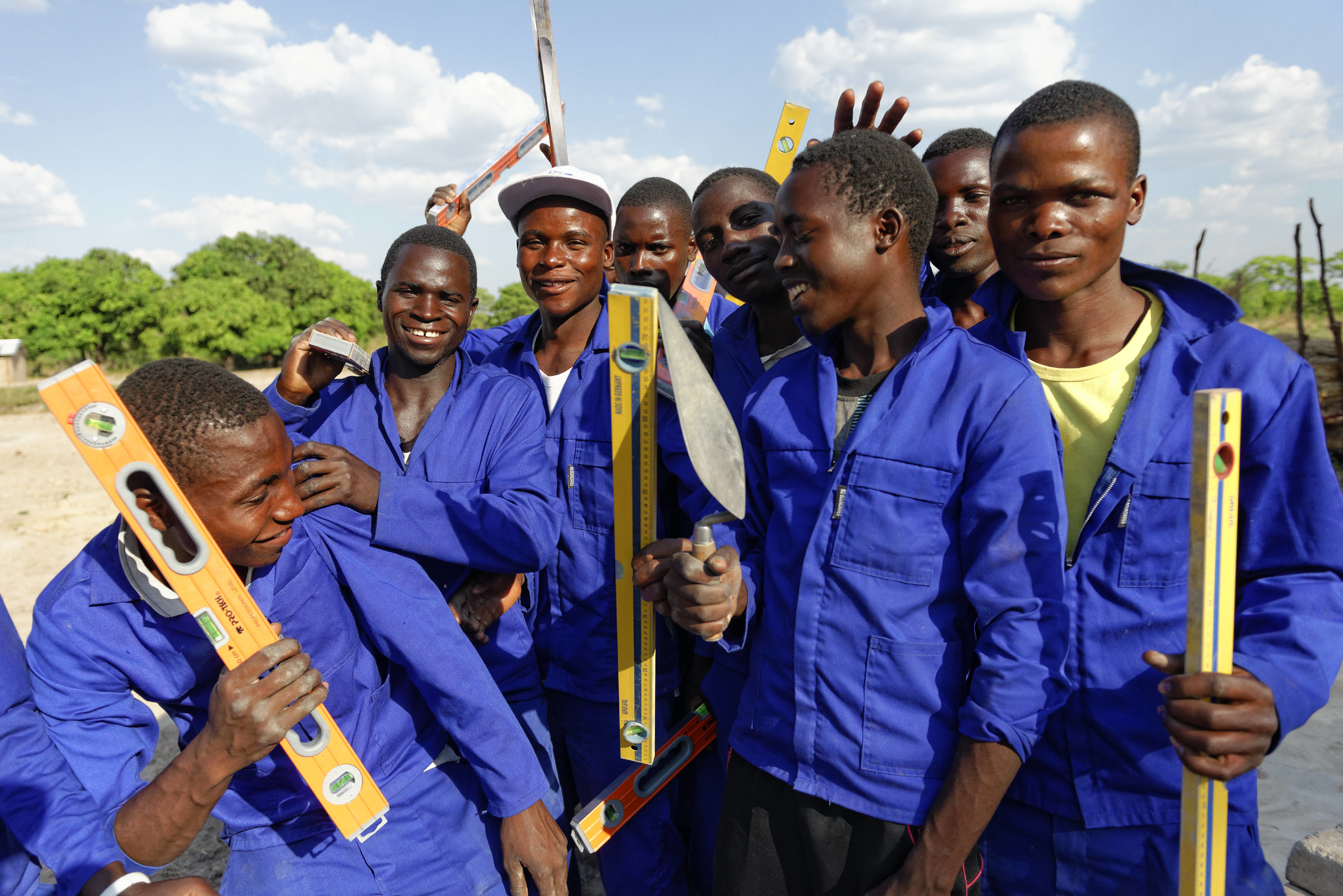Shifting toward industry and services is important since it fosters the development needed to meet the United Nation’s Sustainable Development Goals. Following Africa Industrialization Day earlier this month, which focused on the expansion of the region’s manufacturing sector, here we take a look at ILO employment estimates and projections to assess progress that has been made and to peek at what’s ahead.
Sectoral and Occupational Outlook
By 2023, agriculture will make up half of Africa’s employment. While still considerable, it’s a decrease from an average of 58% in the decade leading up to 2000. But it’s also shifting at a much slower pace than other regions; Asia and the Pacific took half that time for a similar shift away from agriculture in the 1990s.
There are wide sub-regional variations, with the largest decline projected between 2000 and 2023 of 13 percentage points in Western Africa, an area that includes Ghana and Nigeria. The smallest decline is projected to be in Southern Africa, where agriculture is not the predominant sector and where it is expected to account for just 9% of employment by 2023.
As sectors change, so should the distribution of occupations. Jobs for skilled agricultural, forestry and fishery workers and in elementary occupations continue to dominate in Africa, but their importance is gradually declining.
These occupations are projected to account for 57% of employment in 2023, down from 63% in 2000, which was unchanged from a decade earlier. This is not substantial enough, especially in the span of more than two decades, to lead to major changes for any of the remaining occupations.
Gender Divides
There are clear gender differences in the shift away from agriculture. The share of women in agriculture is projected to decline by 10 percentage points between 2010 and 2023, with an increasing share of women working in the services sector. For men, the share of employment in agriculture is expected to decline a bit less, by 7 percentage points, and with a roughly equal shift in male employment to industry and services.
As they move into the services sector, women are also expected to make some progress in occupying more high-skilled occupations, with the female share reaching 42% by 2023. However, they continue to represent a rather small portion of managers.
The data also projects that there will be a minor improvement in employment status as a slightly larger share of workers will become employees. Although this is moving in the right direction, the change is rather slow. Unfortunately, the majority will remain own-account workers and contributing family workers. These workers have a lower likelihood of having formal work arrangements, which usually translates to a lack of social security and no voice at work.
And again, wide gender discrepancies remain. Men continue to constitute the majority of employees and employers while contributing family workers are disproportionately women. Nearly 80% of employed women are projected to be own-account workers or contributing family workers in 2023, little changed from today’s share.
Women continue to be disadvantaged using other metrics, for example working poverty. The proportion of employed persons classified as extremely poor, or living in a household with per capita consumption of less than USD 1.90 PPP, is projected to fall to 30% by 2023 – still by far the highest rate of all regions of the world. For women, the rate continues to be significantly higher than that of men.
Opportunity Needed
Labour underutilization – a measure used to assess the extent to which an economy is fully utilizing its available human resources – is highest among youth, with no improvements in sight. For instance, the combined rate of unemployment and potential labour force (LU3) is projected to be 21% for youth by 2023, which is more than twice the rate for adults. It will continue to be higher for women as well.
Perhaps more troubling, ILO projections suggest that almost a fifth of young people will not be in education, employment, or training (NEET) in 2023, little changed from 2005. The NEET rate for young women is projected to be 27% in 2023, compared to 16% for young men.
These figures combine to paint a picture of a region where progress towards decent work is stagnant. While there have been some strides, such as the gradual shift away from agriculture, there’s a long way to go, particularly in terms of decreasing informality and poverty, while aiming to close the gender gaps that are set to persist to 2023 and beyond.













